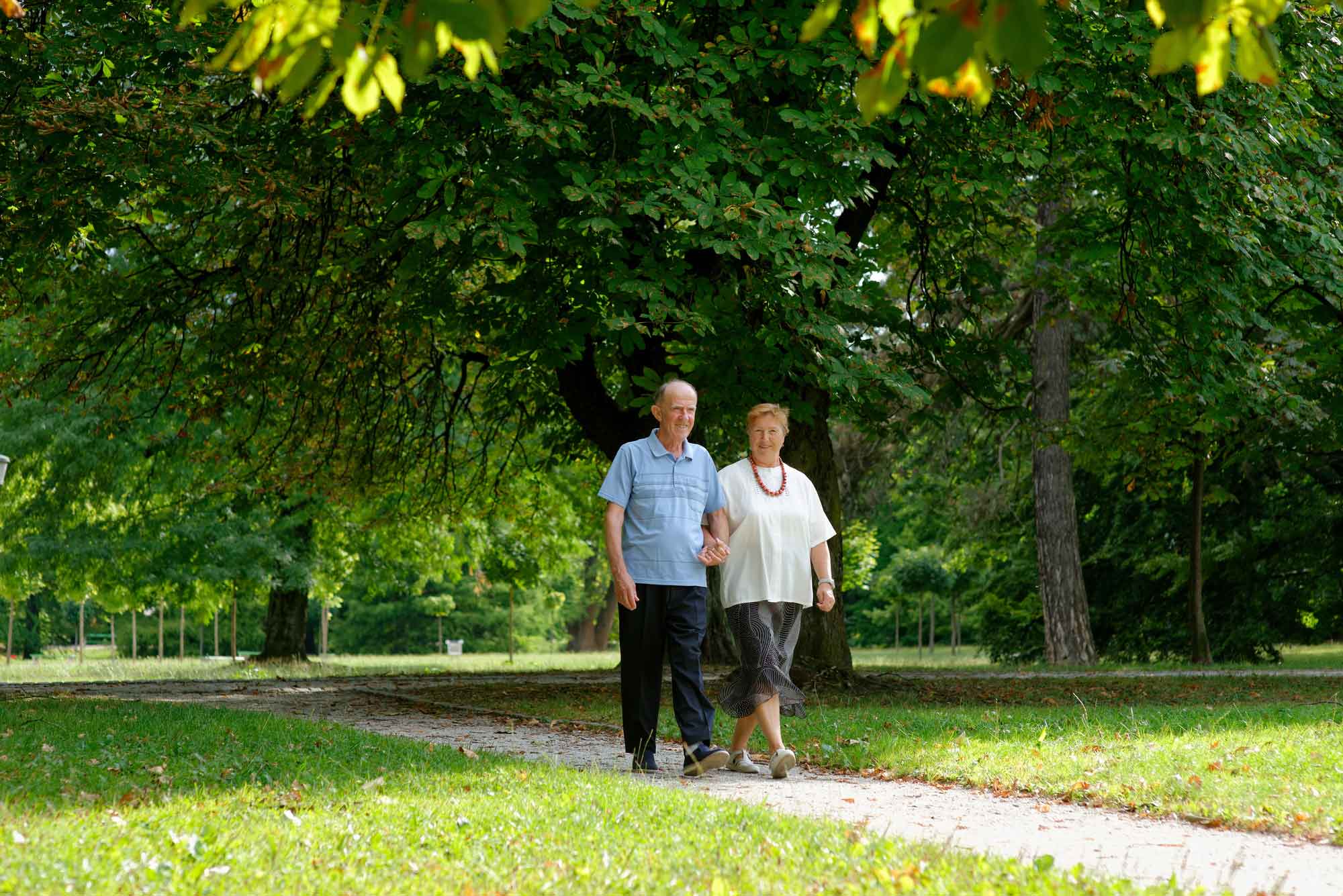The COVID-19 pandemic has drawn a great deal of attention to the Senior population in Kansas City and around the world. Words like defenseless, susceptible, frail, helpless have shown up in various commentaries about the virus. Some have even suggested that this population is expendable. It was said, just the elderly are vulnerable to the virus– as if this was reason for less concern.
As it became apparent that other age groups were also affected, the focus changed to a larger audience. We read warnings about the susceptibility for young kids and middle age, too.
Still, the fatality rate affected the older populations more severely. Most elders have underlying medical problems that can complicate their recovery from Covid-19.
A Significant Number Of Elders With Underlying Health Problems Live In Retirement Communities, Assisted Livings, And Memory Care Facilities.
At the onset of the virus, no one was knowledgeable or prepared for what was to come. The introduction of this virus into senior communities came from outside the community. More often, family members or healthcare workers were unknowingly bringing the virus into the community. When the pattern was recognized, it became necessary to shut down all visitors, including families, from coming into the community to reduce the exposure to COVID-19 to elders. In addition, the caregivers had to be carefully screened daily before coming to work. Unbelievable measures have been taken to safeguard residents from this dangerous virus.
What Have We Learned?
Because of the sudden attention directed toward this population, it has revealed some negative stereotypes, but also very positive recognition. The public outcry to protect our elders from Covid-19 has been a beautiful thing to see. On a local and national level, the response has been rewarding.
The positive response may have been slow coming, but the importance of these Older American Citizens has finally been recognized. We see them as the heroes they are. The community administrators and healthcare workers have always known how important these individuals are, but now the world is getting an inside look.
What Must Change As A Result?
An ongoing issue with Senior Health Care in the United States is how to provide a thriving environment for Elders in need of care. The old nursing home, institutional model, needs an overhaul.
A recent article in the New York Times reported on the New York State pandemic hot spot.
“Why are we seeing such a high rate [of COVID-19] in nursing homes?” asked Richard J. Mollot, executive director of the Long-Term Care Community Coalition, an advocacy group for residents. “Maybe it’s because some nursing homes are so big.”
The article points out that many of the 15,400 nursing homes across the country are laid out like hospitals, and some house hundreds of residents. Most rooms are double occupancy, but some have three or even four residents.
Before the pandemic, a movement under the banner of “culture change” was challenging this institutional model, calling for dividing up large nursing home populations into small, self-sufficient units with kitchens, private rooms and a dedicated staff.
“Rather than a long hallway with 40 rooms and 80 or more residents, you have these spots with more like 16 residents,” Mr. Mollot said. This type of arrangement has been set up in multistory buildings with, for example, a couple of households per floor and in single-story purpose-built structures with homelike interiors.
Not only does this arrangement seem less institutional, it provides some safety to these fast-spreading viruses.
Not Only Does The Physical Model Need To Change, The Philosophy Of Care Must Change Too.
Individuals who live in nursing homes are treated as patients, not as wonderful older citizens who happen to need some support. Many have the perception that this is where people go to die, and that is it.
This perception leads to the belief that these people are disposable. And we’ve seen plenty of that viewpoint towards elders in the news that surrounds the COVID-19 pandemic.
In contrast, when the environment and philosophy of a community is designed to create an active, engaged lifestyle for the residents, they can thrive. This attitude starts with the respect and esteem of the Elders from the start. What can be created is a home not an institution.
When you think of cultures around the world, there is a high contrast between the Eastern cultures that honor their Elders compared to Western cultures that see them as a burden.
The Good News Is Witnessing The Attention Being Given To These Beautiful Individuals.
The no-visit policy, which was implemented to protect residents, has created some beautiful responses. Families and friends have found creative ways to engage with their loved ones.
What has been forbidden has become more valuable. Nothing can be taken for granted.
Not only are the residents receiving attention, but the healthcare providers are also being recognized as never before. The pandemic has focused our attention on what and who is important.
Lessons We Can Take Into The Future.
All life is precious. All people have been affected by this pandemic, and going forward, we can choose to recognize the value of every human being no matter their age, race, sex, or religion. We have gone through this together, and hopefully, we will retain the lessons learned about the value of all life.
It would be a beautiful outcome if we realized the value of our healthcare workers on the frontlines and those who protect and care for some of the most vulnerable populations.
The greatest lesson of all from the Covid-19 pandemic would be if we truly see the invisible people, including Elders, as valuable and incredibly important. Not only see them but give them the respect and honor they deserve.

